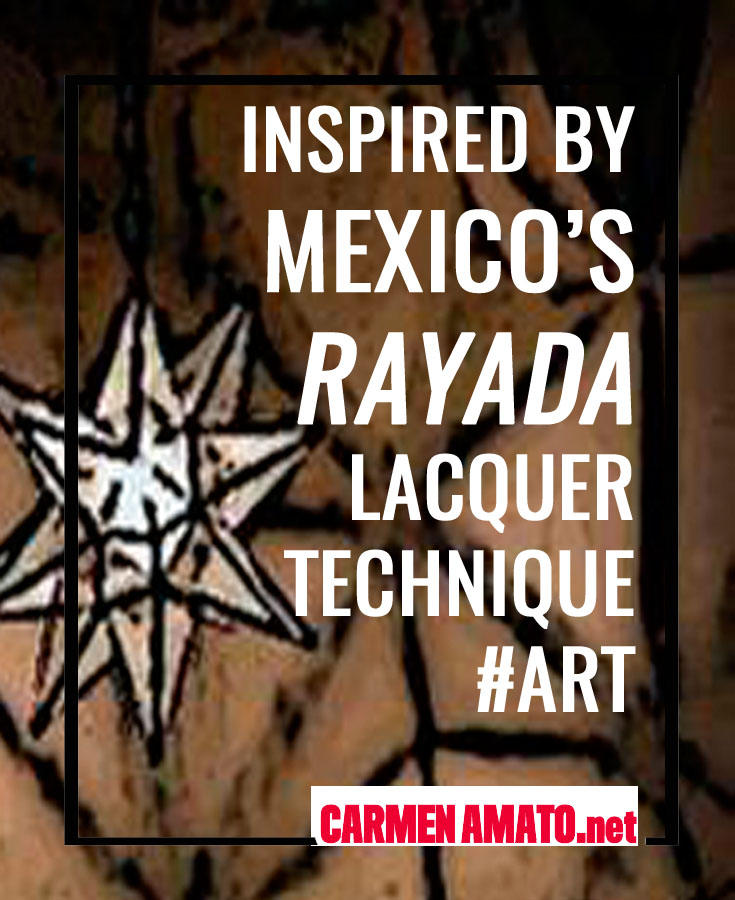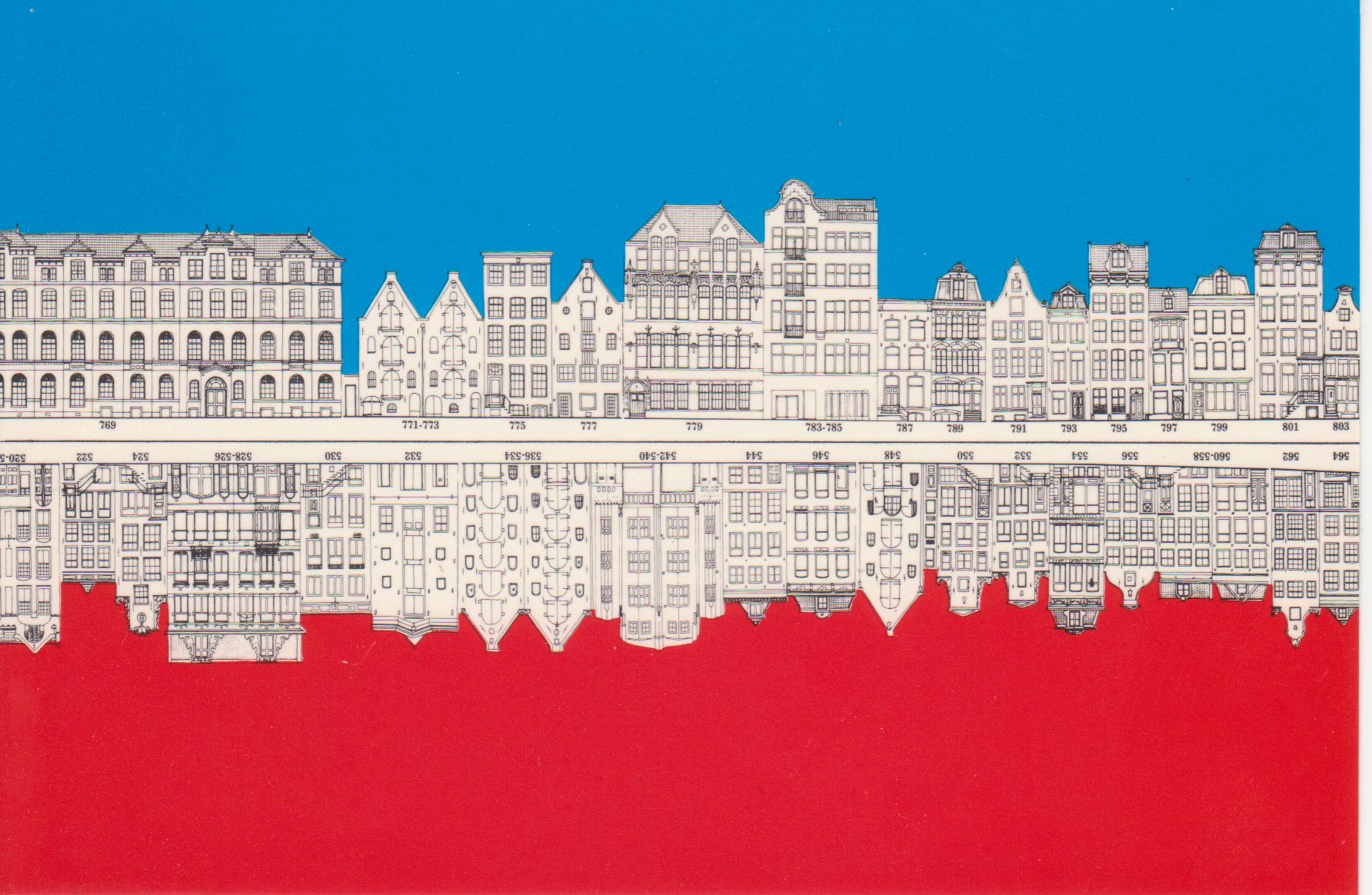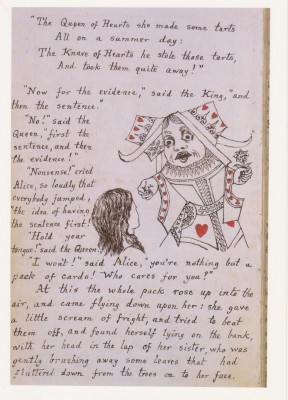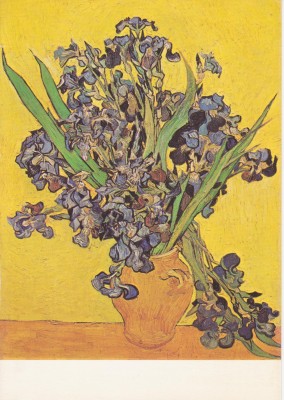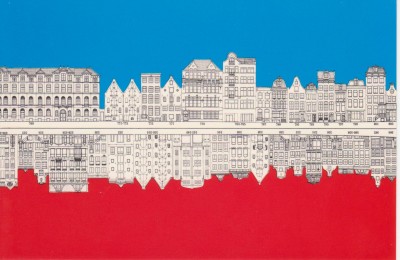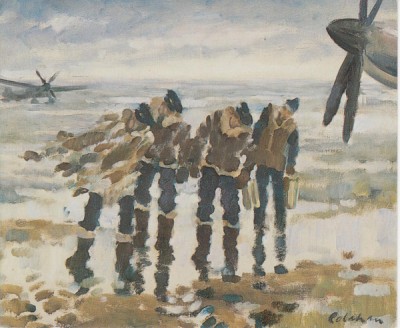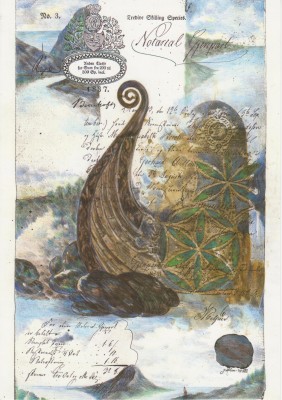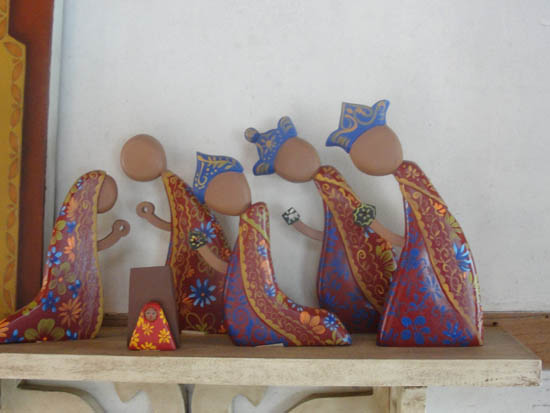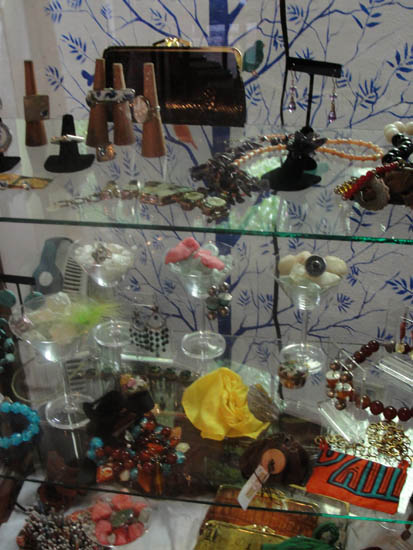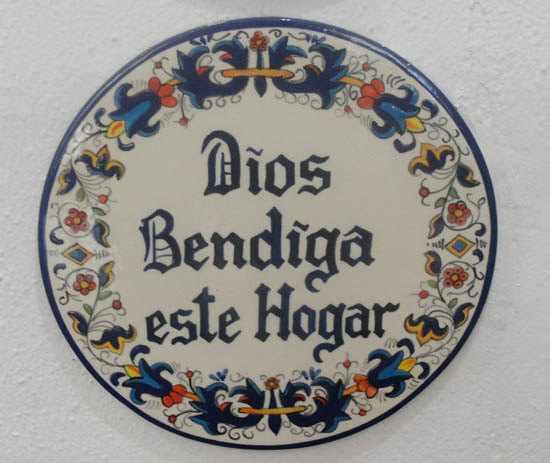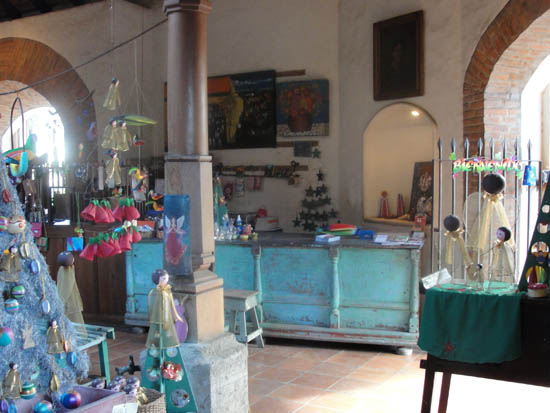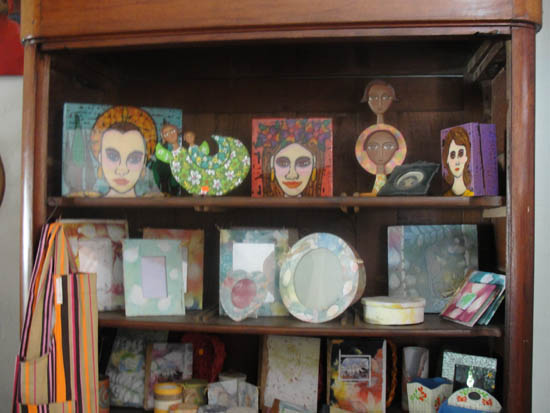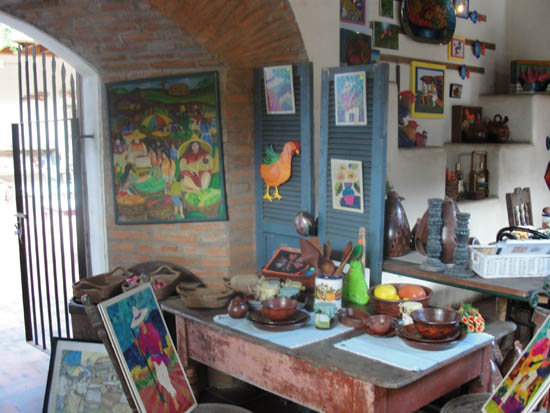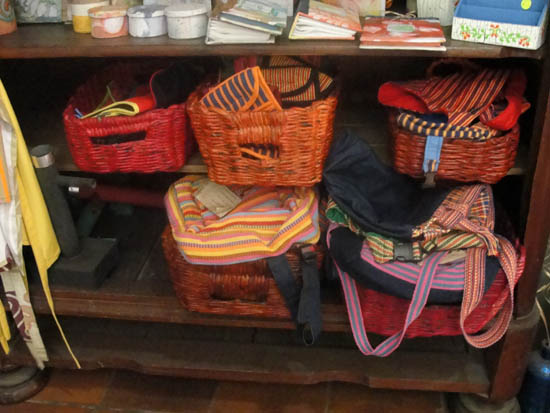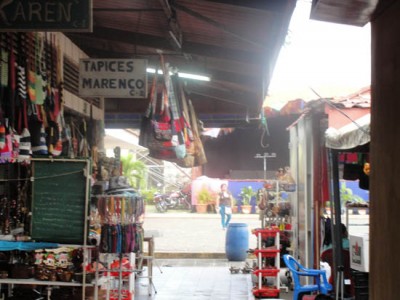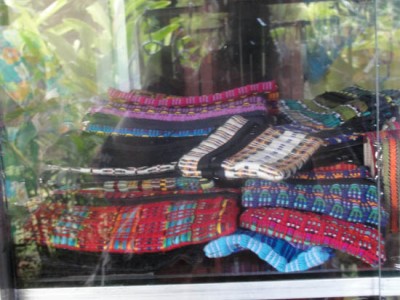The audiobook version of the Detective Emilia Cruz novella, THE LISTMAKER OF ACAPULCO was just...
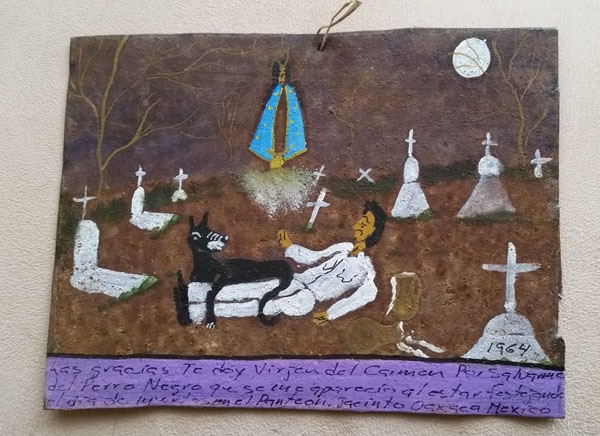
Art Stories from the Insider’s Guide to the Best of Mexico
As a mystery writer, my Detective Emilia Cruz police procedural series usually explores the dark side of Mexico: cartel violence, police corruption, and missing persons.
But Mexico’s rich culture is as much of a character in the books as Emilia herself. Mexico’s art, food, landscapes, and history create a dramatic setting for a mystery series.
I’m not the only one inspired by Mexico’s cultural riches: 36 experts got together to write The Insider’s Guide to the Best of Mexico. Read this excerpt about Mexico’s art world then get the FREE Guide here.
The Otomí Embroidery of Hidalgo
The colorful embroidery work of Mexico’s Otomí women has become a popular textile around the world. The cheerful combination of animals (birds, rabbits, deer, dogs, insects) with swirling flowers is frequently seen in many American design magazines and can be used for bedspreads, tablecloths, headboard covers, wall hangings lampshades and other creative craft projects. These large textiles, known as “Tenangos” because of the region they come from in Hidalgo (Tenango de Doria), come in many different colors and a few standard sizes. The textile is not available as a bolt of fabric (as many people request) but in a few standard sizes.

Photo courtesy Anne Damon
Usually Otomi embroideries are done on an off-white muslin background, occasionally on black or gray cotton. The lore is that they are a more recent development in the traditional arts of Mexico and some say they are based on some cave paintings in Hidalgo state. That’s been hard to verify. Many of the small towns within the Tenango region are home to women’s collectives who make and sell these beautiful works of art.
Each 6′ by 6′ piece is one-of-a-kind and takes a approximately three months to complete. The designs are drawn in water-soluble pencil or marker on off-white 100% cotton muslin and then hand-embroidered. Women often work together on a piece using their embroidery hoops and sitting and chatting.
The Otomí live in various regions of Mexico–Hidalgo, Puebla, Oaxaca, Mexico–and their textiles can be found throughout the country due to a very good distribution system. If you purchase an Otomí piece on a vacation to the coasts of Mexico be careful about the quality, for it can vary widely depending on the skill of the artisan. If you are interested in a high quality piece that has been personally selected, take a look at our current stock!
Anne Damon, Owner of Zinnia Folk Arts, www.ZinniaFolkArts.com
Mural Art in Ajijic
I first visited the small village of Ajijic on Lake Chapala in 1980, looking for art. Ajijic had gained the reputation of being the artistic center of the Chapala Riviera. Over the years the village had attracted many foreign artists, including such famous names as Sylvia Fein and Charles Pollock (brother of Jackson). More recently, art education programs, now managed by the Lake Chapala Society, have helped stimulate a formidable pool of local talent.
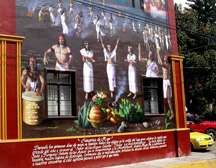
Photo courtesy Tony Burton
Ajijic does have its studios and galleries, but much of the art on view today is public. Colorful murals and artwork provide interesting diversions on any stroll around the village. A large tree stump on the plaza has been given an extraordinary new lease of life by local sculptor Estela Hidalgo. The centerpiece of the Ajijic Cultural Center is a vivid mural by Jesús López Vega telling the story of the lake’s mythological fish-princess Teo-michicihualli. More than a dozen other murals grace this lively artistic village, where the art scene today is even more vibrant and creative than ever before.
Tony Burton, author of Western Mexico, A Traveler’s Treasury, and Lake Chapala Through The Ages: an anthology of travelers’ tales, http://sombrerobooks.com
Emilio Sosa Medina: Scary and Beautiful
Tucked into a small space near the corner of Hidalgo and López Mateos, sits an unassuming little store, Artesanías Glenssy. The walls are hung with brilliantly colored, very scary creatures.
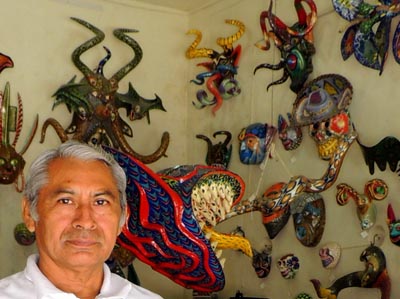
Photo courtesy Lynda Lock
The artist’s name is Emilio Sosa Medina, and he was born in Yobain Yucatan in 1955. A political activist since he was a teenager, Emilio left his home town in 1974 to move to Isla Mujeres.
In 1986 Emilio took lessons at the local Casa de la Cultura to learn paper maché techniques and he was intrigued by the possibilities. Using up to 40 kilos (87 pounds) of newsprint for some of his larger sculptures Emilio creates supernatural beings from Mayan mythology, plus his own fantastic monsters.
Crafting each intricate piece is a slow process. Layer upon layer of newsprint are carefully formed over a wire frame and left for several days to dry naturally in the warm Caribbean climate. Several coats of vivid acrylics, followed by a final glaze of clear polymer resin, give the paper maché vibrancy and character.
Even though Mexican mask folk art has been in existence for thousands of years, Emilio brings new life to the art form. His one-of-a-kind pieces enhance interior spaces in homes on Isla Mujeres, and around the world. His legacy of scary and beautiful sculptures will live on beyond his time.
Lynda Lock, author and blogger, www.amazon.com/author/lyndalock
Retablos
After a few bites of the cake Raul seemed to realize that she was waiting. “He read about the United States and wanted to go. He tried to cross the desert but the Virgin abandoned him because what he was doing was wrong. He got lost and died in the sun.”
“I’m so sorry, Raul,” Luz said.
“His mother had a retablo made for the Virgin to have pity on his soul.”
“I’m sure his soul rests in peace.”
“When his mother died I had the retablo buried with her.” Raul continued to eat.
They sat in silence for a few minutes, Luz’s heart twisting in sadness. Retablos were primitive paintings of a scene of something that happened in a person’s life for which they were giving thanks to the Virgin. But not this time. The son had died trying to get to El Norte and the mother had probably died of a broken heart.
–Excerpt, The Hidden Light of Mexico City

Photo courtesy of Carmen Amato
The Catholic Church is a strong cultural and artistic influence in Mexico, and my books reflect that. Retablos are part of Mexico’s tradition combining art and faith, made all the more interesting to me because they are rustic folk art meant to capture a moment in time for which someone is giving thanks to God.
I bought two retablos in a small shop in Mexico City’s Zona Rosa a couple of years ago. They are each about 5×7 inches, and painted on rusted steel. The edges are sharp. My guess they were cut from a barrel and done by the same person.
In one, thanks are given to the Virgin of Saint John of the Lakes for saving the school children from an ox (el buey) in Jalisco. The other depicts the Virgin appearing and saving Jacinto from the black dog which appeared in the cemetery in Oaxaca. I don’t know if this should be taken literally or is a reference to illness or the devil.
I wonder at the journey these retablos took from Perla and Jacinto, who were giving thanks to God some 50 years ago, all the way to that shop in Mexico City. Now they are part of my writing journey.
Just like you.
Carmen Amato, author of the Detective Emilia Cruz mystery series, carmenamato.net
The Collective Muse
As an artist, I have found that I have become a much more enriched artist by travelling to Mexico. In fact, I can directly attribute my journey in expansion of form from writing to painting to photography to my annual trips to Mexico. When you develop a passion for a place and for its people, you develop a way of seeing that culture in a way that you can’t with that which has become familiar. You begin to appreciate differences, rather than sameness and you feel safe in this unfamiliarity. You are more willing to step outside of yourself and there is a natural sensation that is triggered that requires one to have an appetite for more than just the local cuisine. Language, skin color, mannerisms, landscape, design choices and leisure preferences all become intriguing and an inspiration for the development of new works of art. I have travelled the world and I have settled finally in a place with people and customs that I am so happy to collectively call my muse: Guayabitos, Mexico.
Kim Peto, painter and photographer, http://fineartamerica.com/profiles/kim-peto.html
The Insider’s Guide to the Best of Mexico was written by 36 experts who want to share their best Mexican stories with you. Download the free guide today.
You’ll also get the free monthly Mystery Ahead with featuring protips, reviews, book news, and interviews with my fellow mystery and thriller authors. The Emilia Cruz series has already been optioned for film and readers of Mystery Ahead will be the first to hear all the production details.
You may also like
New Audiobook! Listen to LISTMAKER
Book review: The Mystery Guest by Nita Prose
Molly Gray is the crime-solving Head Maid at London’s Regency Grand Hotel in THE MYSTERY GUEST the...
Writing advice from a balky mule and a train derailment
Readers often connect with me over the deep point of view style of the Detective Emilia Cruz...
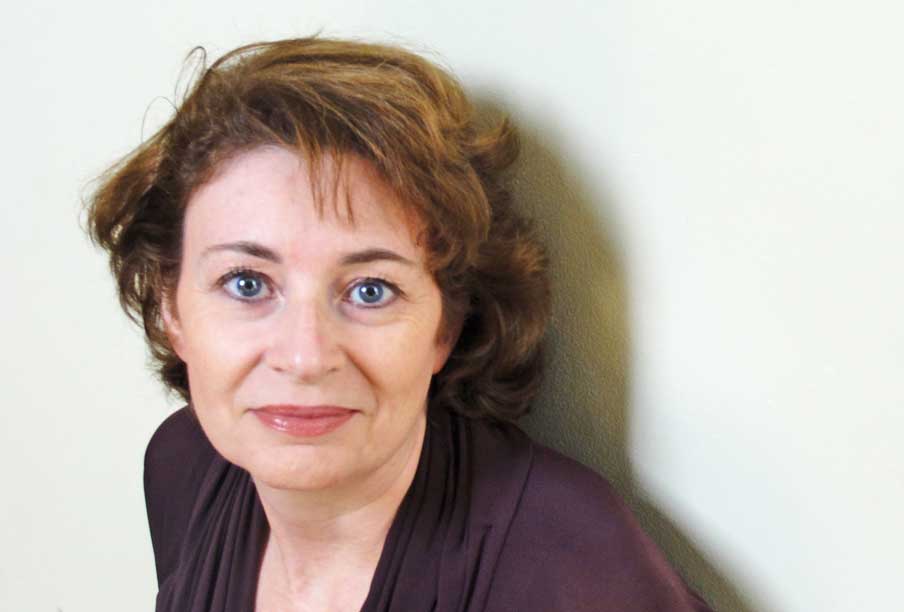
CARMEN AMATO
Mystery and thriller author. Retired Central Intelligence Agency intel officer. Dog mom to Hazel and Dutch. Recovering Italian handbag addict.


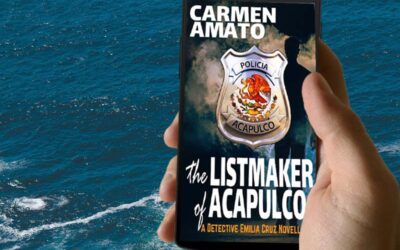


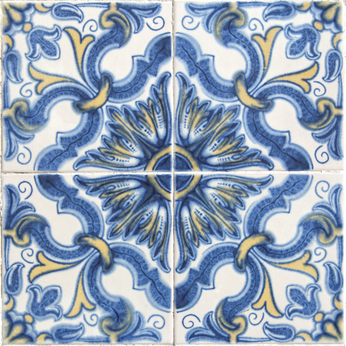
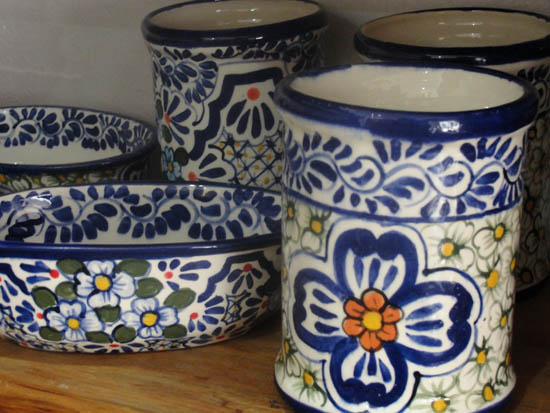

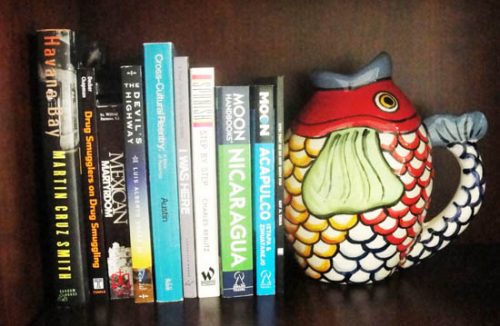
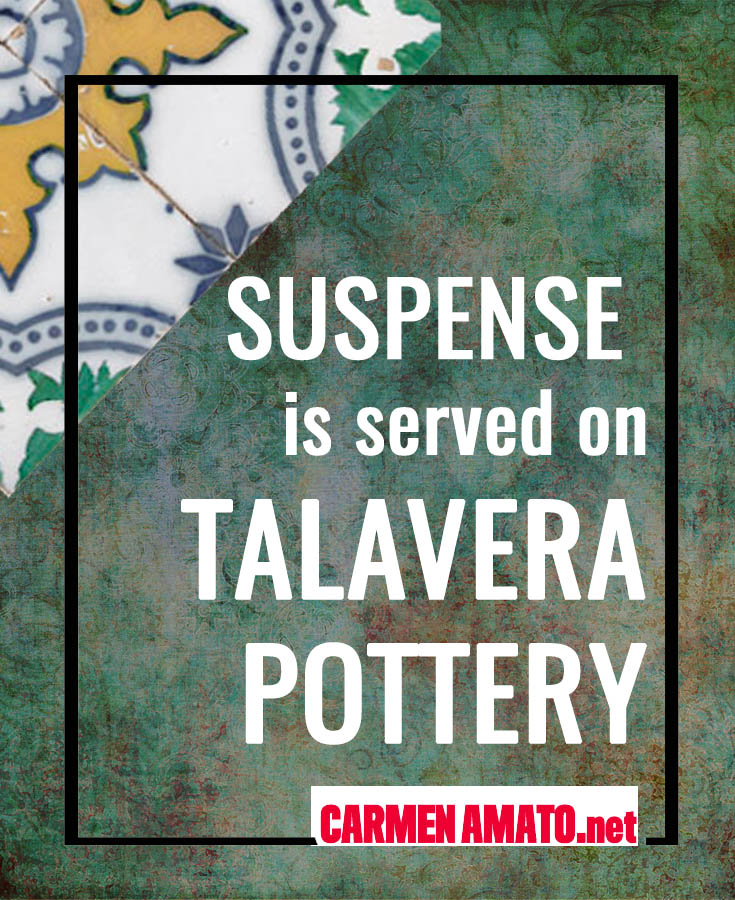


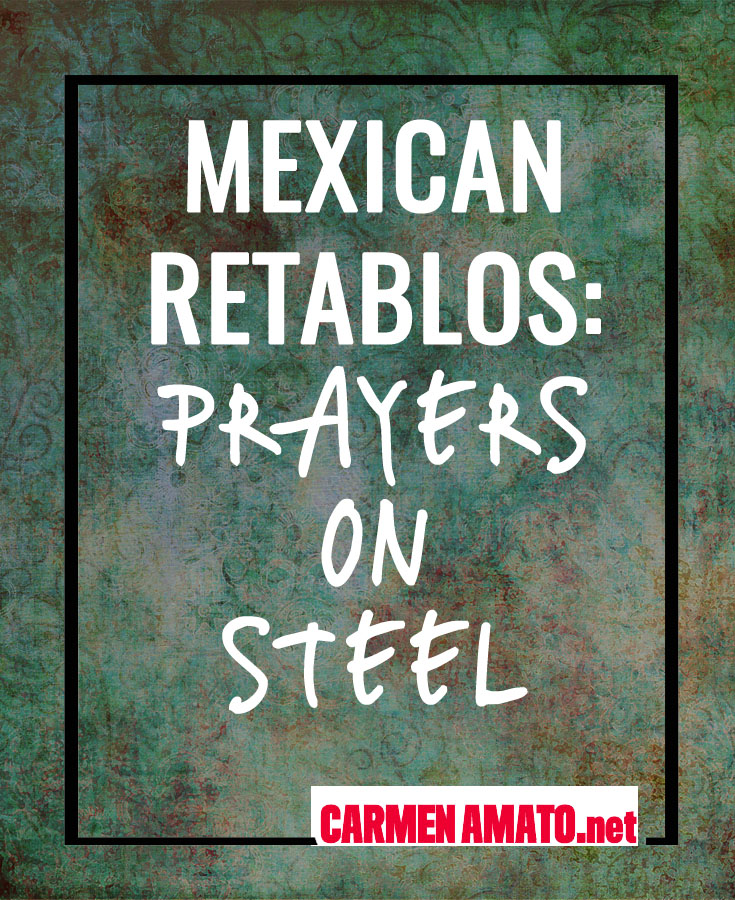
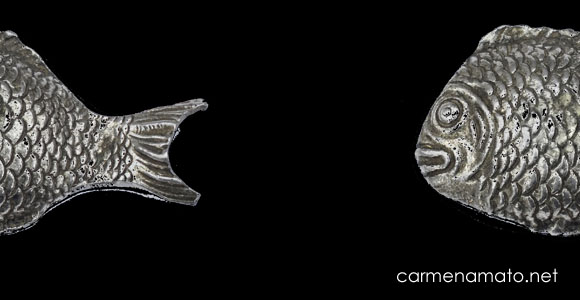


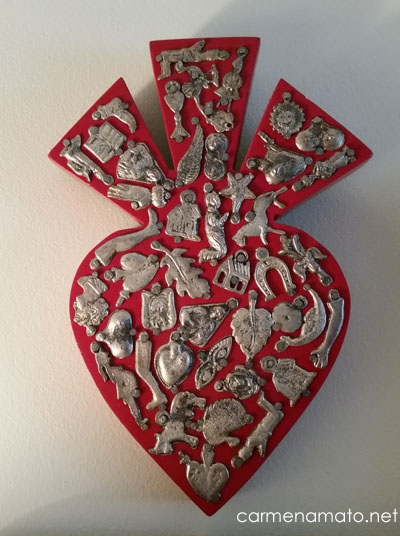
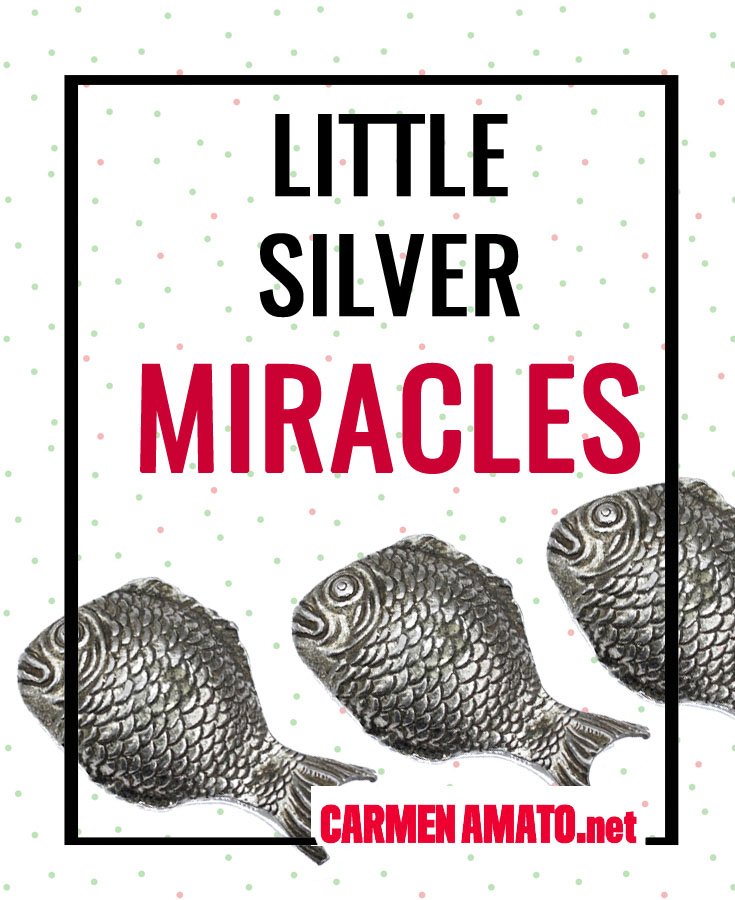



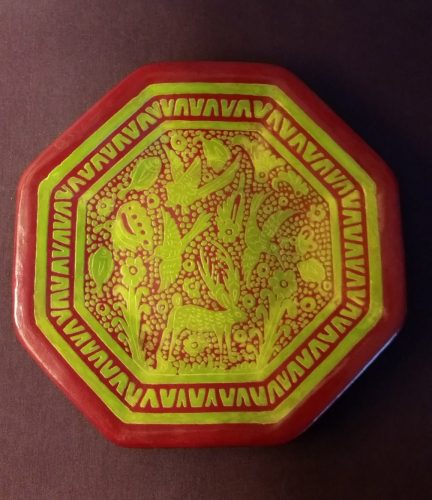
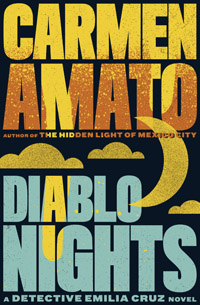 So what happens in DIABLO NIGHTS after the infamous rayada box is opened?
So what happens in DIABLO NIGHTS after the infamous rayada box is opened?